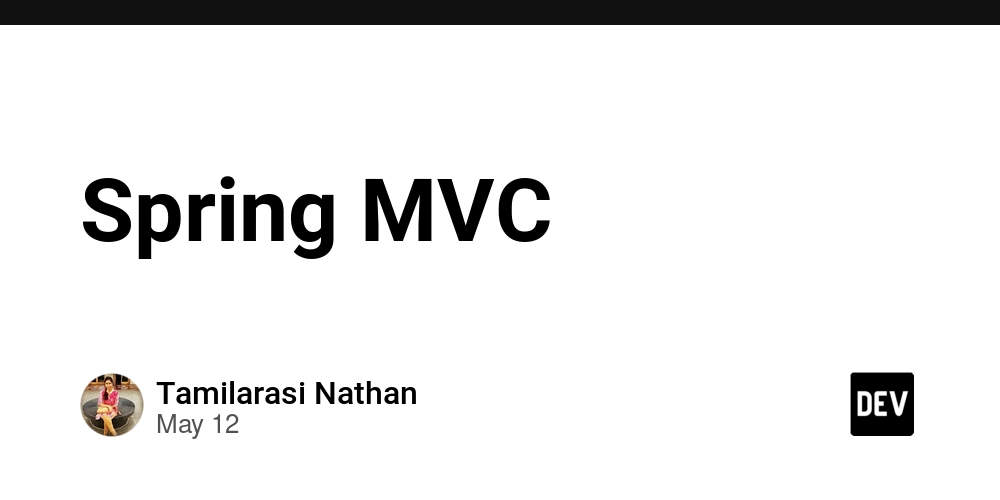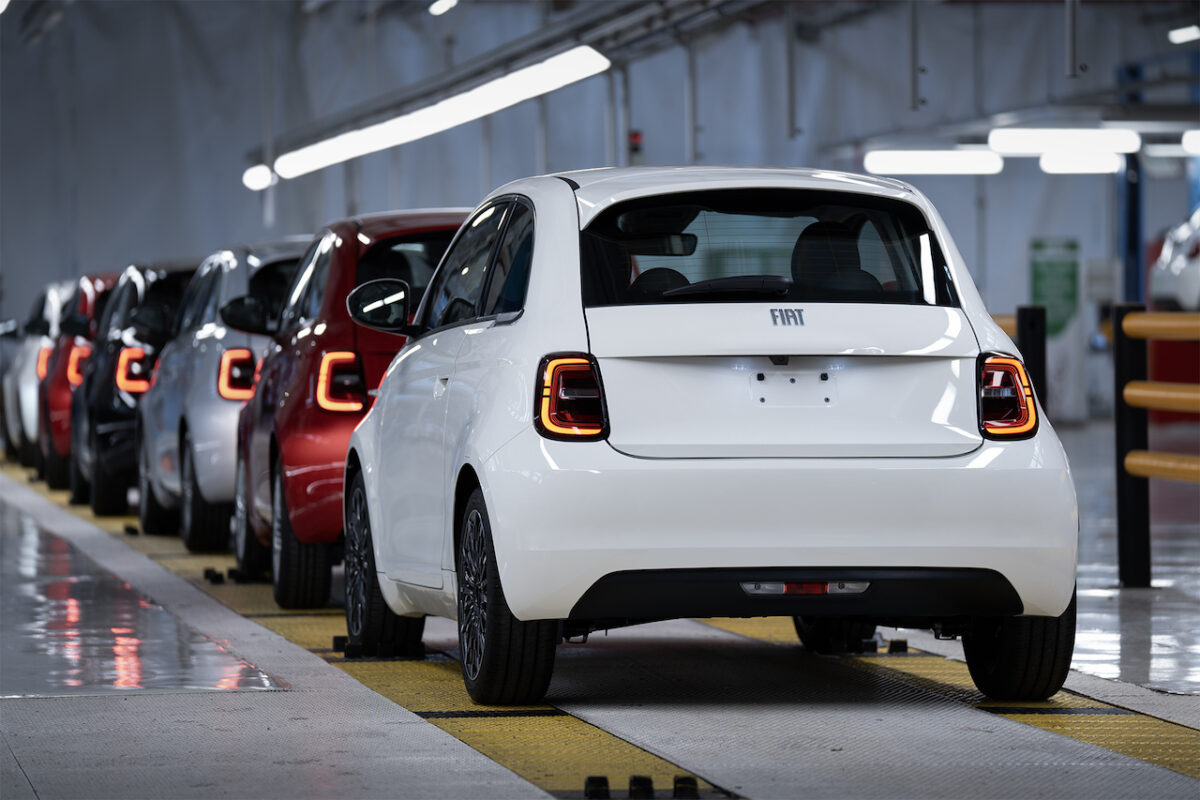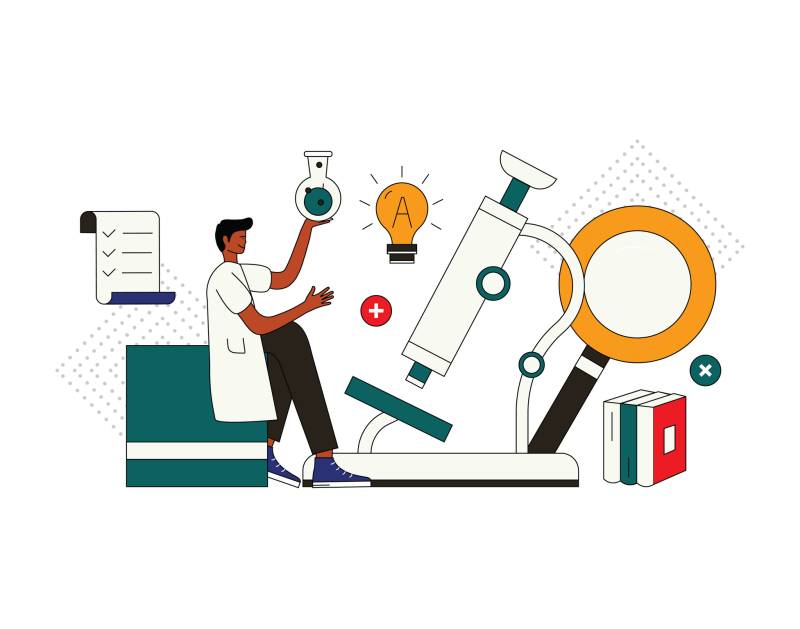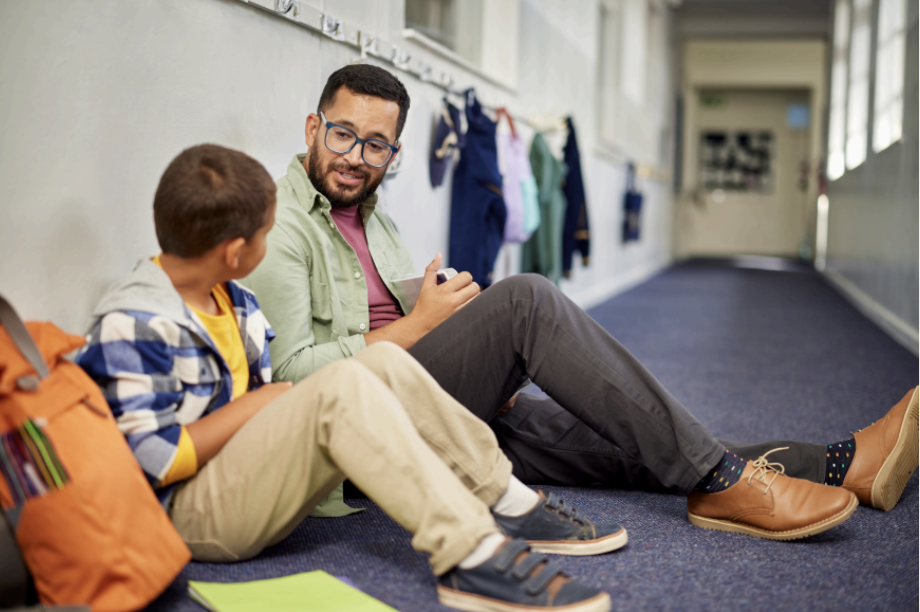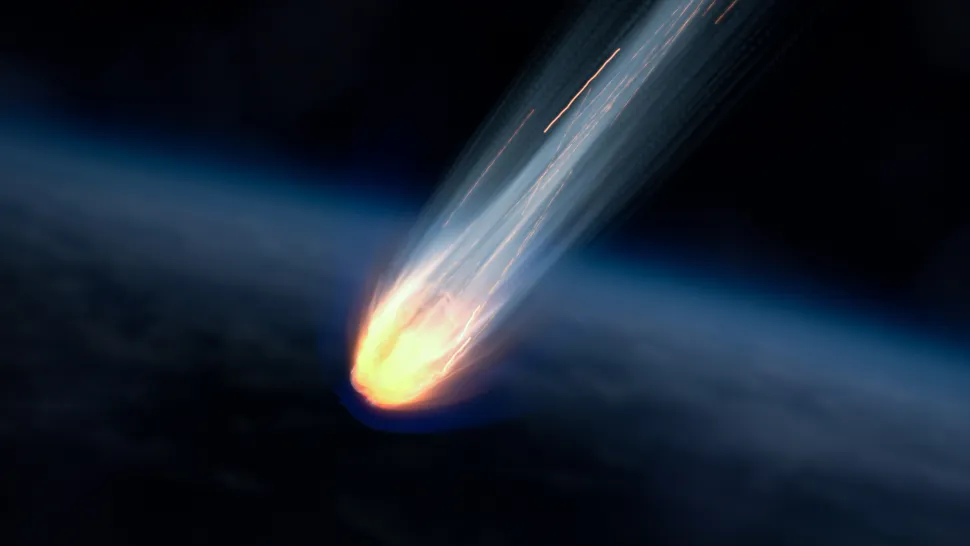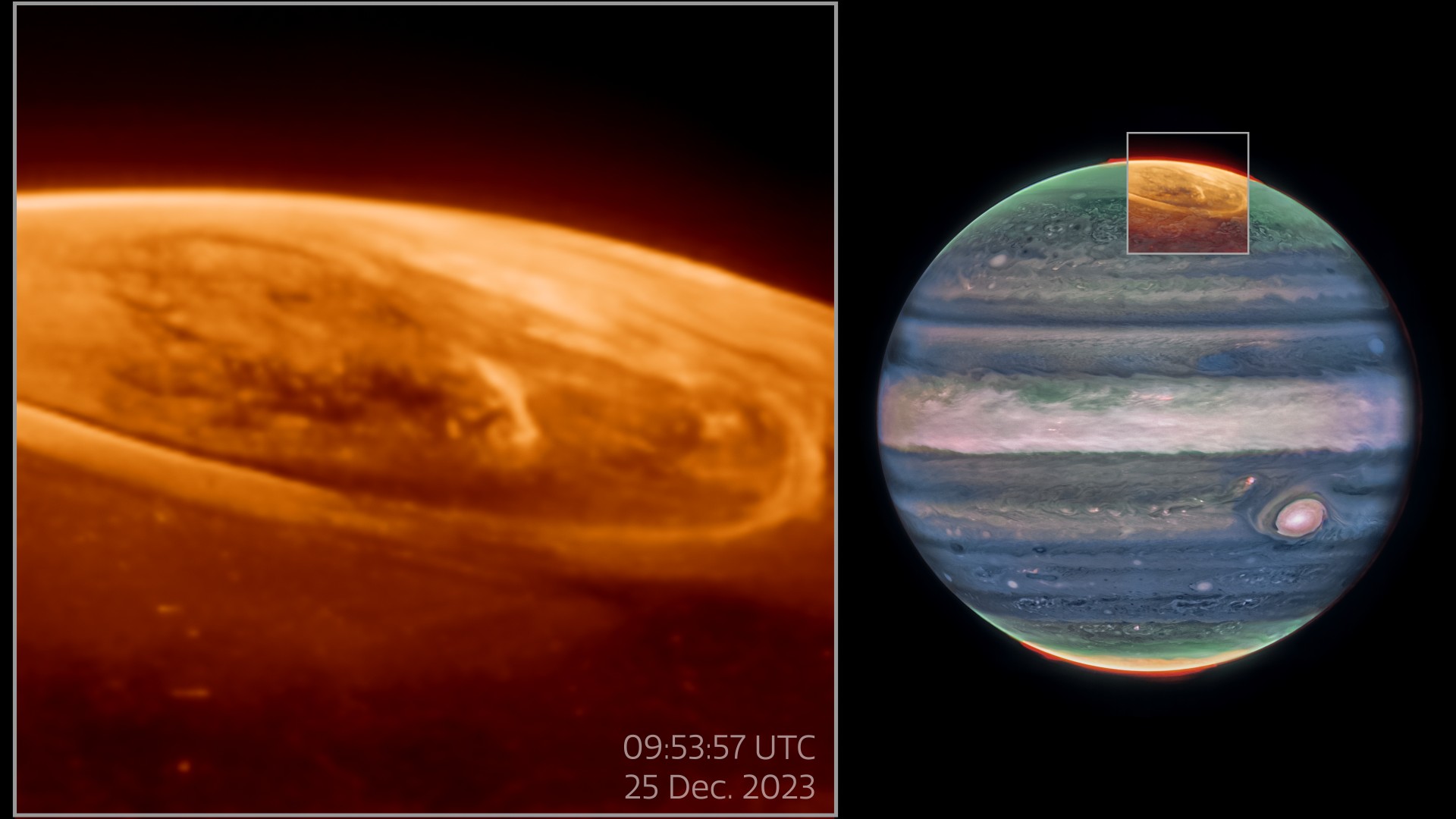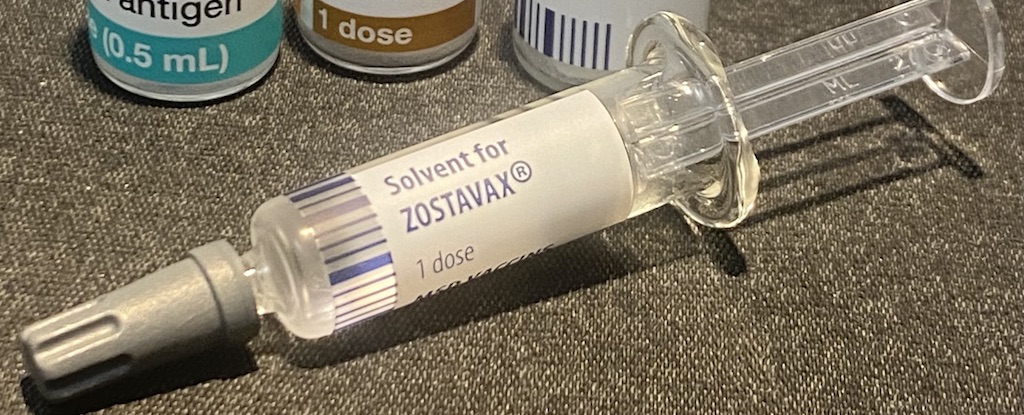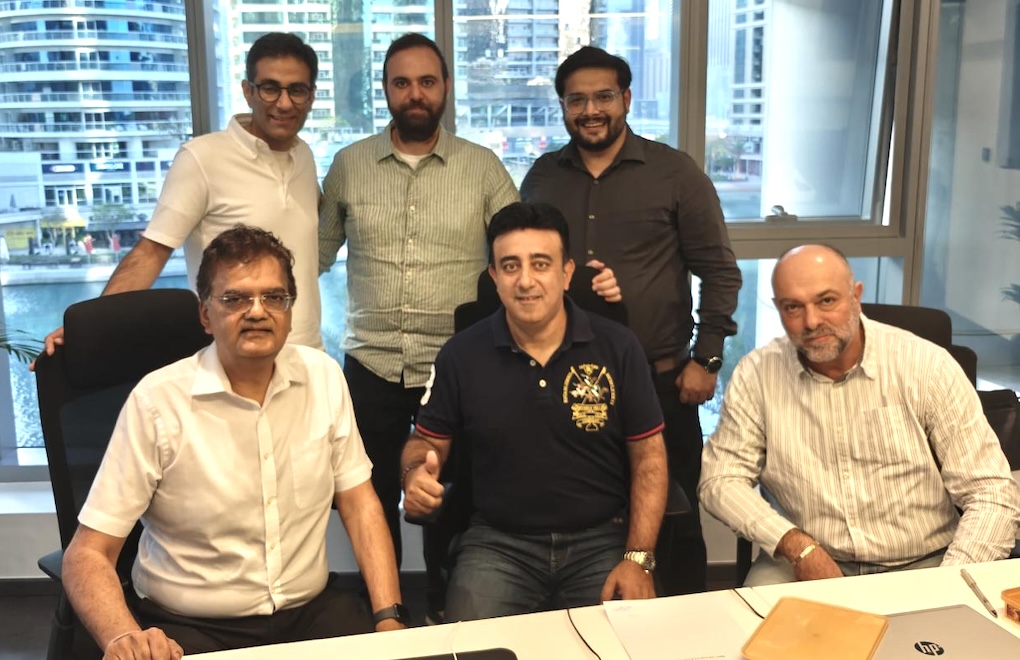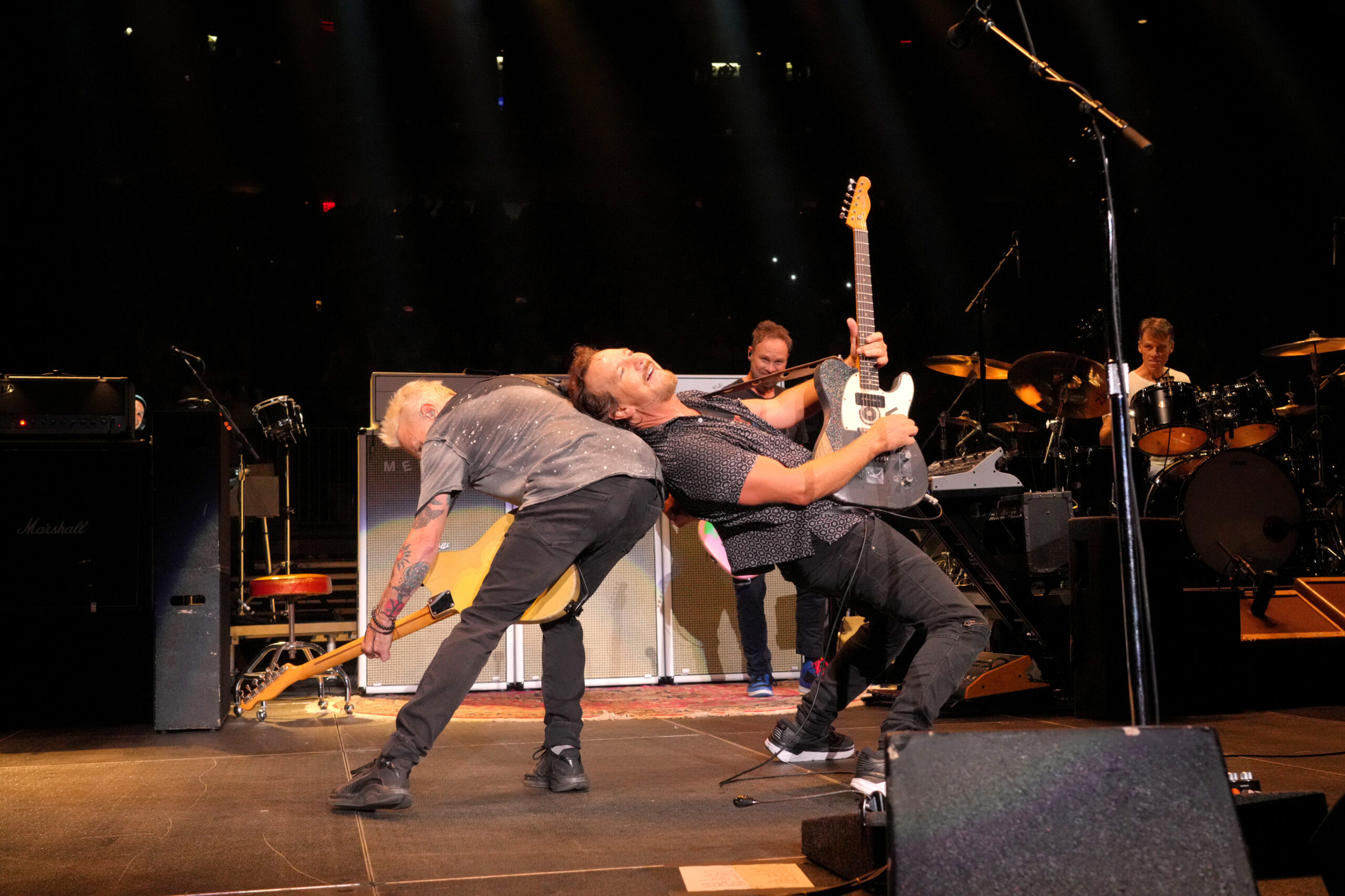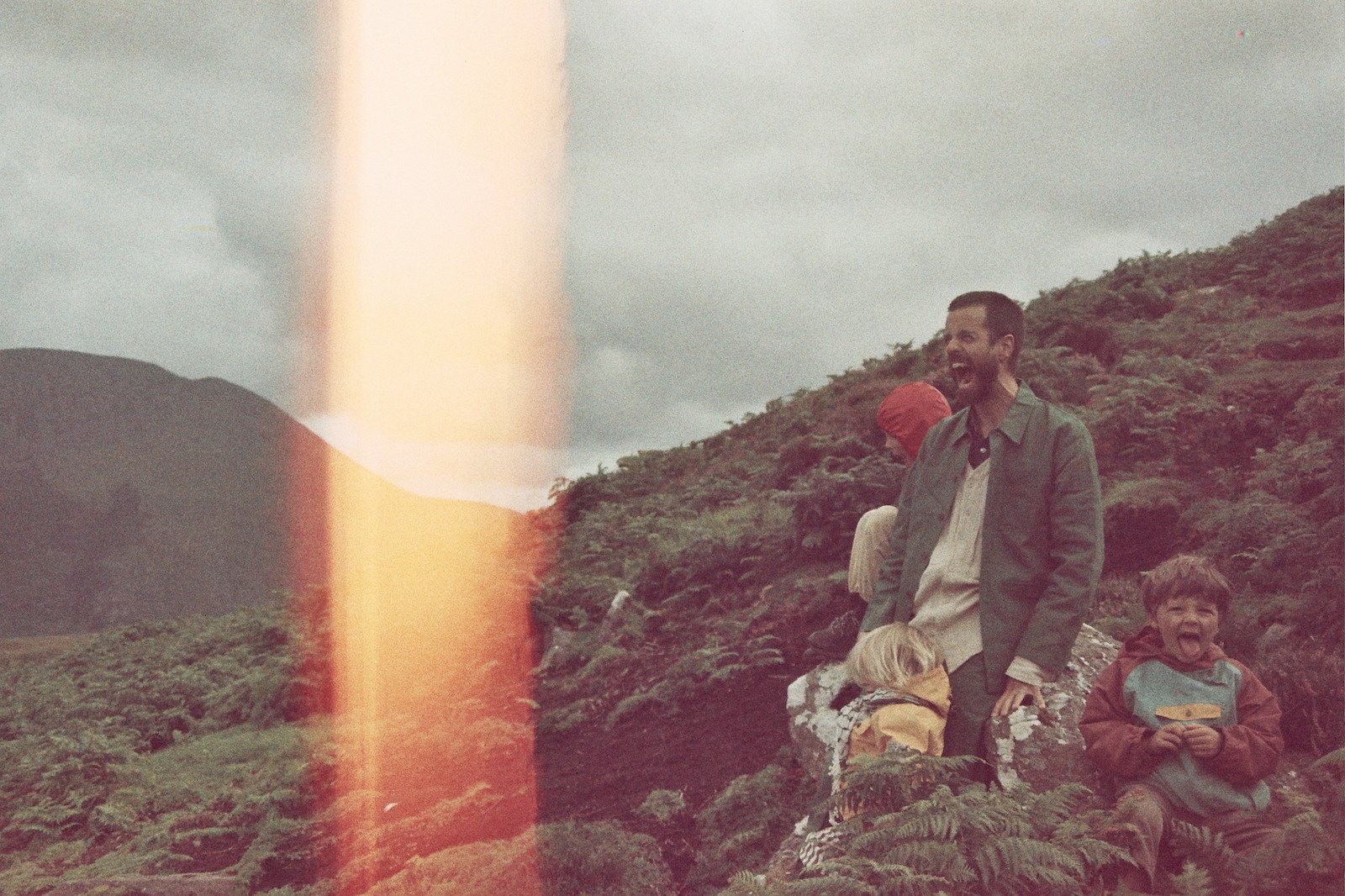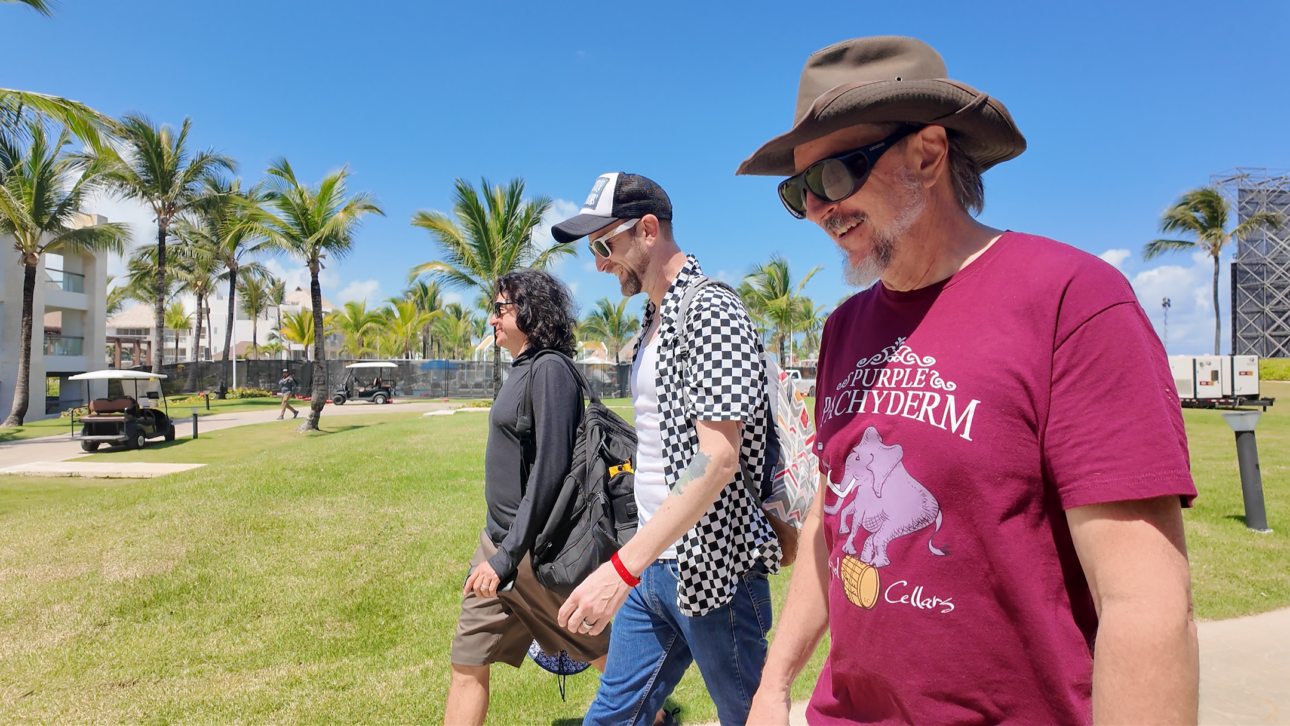How to integrate environmental concepts into every subject
Key points: As a teacher and advocate for environmental education, I’ve seen students around the country feeling “eco-anxiety.” When I ... Read more


Key points:
- Building community in the name of sustainability is a core component of the environmental movement
- How this educator integrates Dungeons & Dragons into the curriculum
- How I came to love phenomena-based science instruction
- For more news on teaching trends, visit eSN’s Innovative Teaching hub
As a teacher and advocate for environmental education, I’ve seen students around the country feeling “eco-anxiety.” When I was in the classroom, I quickly learned that students are feeling this eco-anxiety whether we’re talking about climate change or not. I asked myself: If a teacher’s role is to prepare students for the real world, shouldn’t we be helping them solve the climate crisis?
With that question in mind, I made the root of my work about connection. My goal became connecting students to nature through their passions and connecting teachers’ standards-driven curriculum to nature through environmental literacy.
One of my earliest projects as the Director of Environmental Education for a public school district in New York was in a middle school English Language Arts classroom. I wanted to see the impact of nature journaling, as a representation of interdisciplinary environmental literacy, on students. This was in 2021, in the midst of the disruptions created by COVID and the climate crisis alike. Students’ social-emotional needs were high, as was their eco-anxiety. The activity I built required students to quietly journal outside, using prompts driven by ELA, art, and social studies standards. The results were remarkable. Through this single activity, students across grade levels showed statistically significant improvement in moods; decreases in stress; increased connections to themselves, others, and nature; and an increased understanding of how humans affect the environment.
For many schools and districts, integrating environmental topics like this into the curriculum can feel like a heavy burden. There’s a sense that it demands more time, more resources, and specialized knowledge. What I always tell districts is, “You don’t need to do something extra. You just need to explore what you’re already doing through a new lens.” Rather than treating environmental education as a separate content area, schools can weave it into existing lessons, curricula, and standards. An interdisciplinary approach also means that students aren’t just experiencing this type of learning (and its associated gains) once a week in a science elective: they’re seeing daily connections and inherently feeling a larger personal connection with the environment, even in subjects like math and social studies.
One of my favorite examples of interdisciplinary environmental literacy happened when I was in a 1st-grade classroom. Our curricular goal was to examine the effect of sound on plant growth, blending two units–Waves and Interconnection in Ecosystems–in a project-based format. We used an indoor garden kit to grow sugar snap peas (two seeds on each side of the planter). For one side, I had students say neutral things to the plants, like, “It’s a Tuesday.” On the other side, students gave the plants compliments. This led to a lesson on what a compliment is, what it feels like to get one, and how compliments can lead to growth. Students created their own compliments to tell their plants; some even started naming their plants! They developed an intimate bond with them, saying things like “I like the way you grow,” or “I’m proud of you.” We collected data for six weeks, and students learned that plants that were given compliments grew faster and taller than plants who are spoken to in a more mundane way.
This project encompassed science, data collection, SEL, ELA, social studies, and math. We measured our plants weekly and graphed our results. We used social-emotional learning as a framework to connect with nature. We used ELA standards to communicate our findings, both to the class and to the public. We also explored our role in society through a Social Studies lens.
As a teacher working to incorporate environmental education lessons like these, I ran into a common challenge: where to find resources. To support teachers who are on a similar path, I’m the New York State Lead for SubjectToClimate. SubjectToClimate is a nonprofit that offers teachers thousands of free and standards-driven, climate-focused lessons, activities, and supplemental classroom resources. Content is interdisciplinary, made by teachers, and vetted by climate scientists. The New York Hub offers climate resources specific to New York State ecosystems and standards.
Beyond providing resources, I’ve found that nothing builds confidence like community. Last year, I organized the first-ever PK-12 Youth Climate Summit in history. We brought together over 1,000 people, including students from 19 other school districts, a New York State Senator, and a State Assembly woman. Students came together to learn from experts in the field who represented the wide variety of careers in which sustainability plays a role: from sustainable fashion, to engineering, film, and more. What made the summit truly remarkable were my 33 5th-8th grade students who each volunteered to spearhead their own unique civic action projects related to sustainability. Watching my students become leaders in this field showed me just how valuable interdisciplinary environmental literacy work is in helping them turn their climate anxiety into climate action.
This May, I look forward to delivering the closing event at the Sustainable Futures Climate Summit, hosted by Ulster BOCES. The power of these gatherings comes from bringing kids together from different schools to connect, share their sustainability projects, and become peer educators. They also have a chance to interact with experts in the field, which broadens their horizons in ways that can inspire them and lead them to their own solutions for these global issues.
Building community in the name of sustainability is a core component of the environmental movement, and of helping students overcome their eco-anxiety. Summits and other community-based conservation events (like a clothing swap or community clean-up) are high-reward opportunities for ideas to spread and for energy to build. From a practical perspective, they invite educators to ask, “What can this look like in and out of the classroom?”
I feel invigorated by this work both because of the impact I’ve seen it have on teachers and students, and because of the way I feel fulfilled by my own connection to nature. Even as someone who is deeply involved in this field, I still benefit from going outside, sitting under a tree, and nature journaling. My goal is to support others in finding and building these bonds by making environmental education accessible, fulfilling, and rooted in a connection to nature.



















